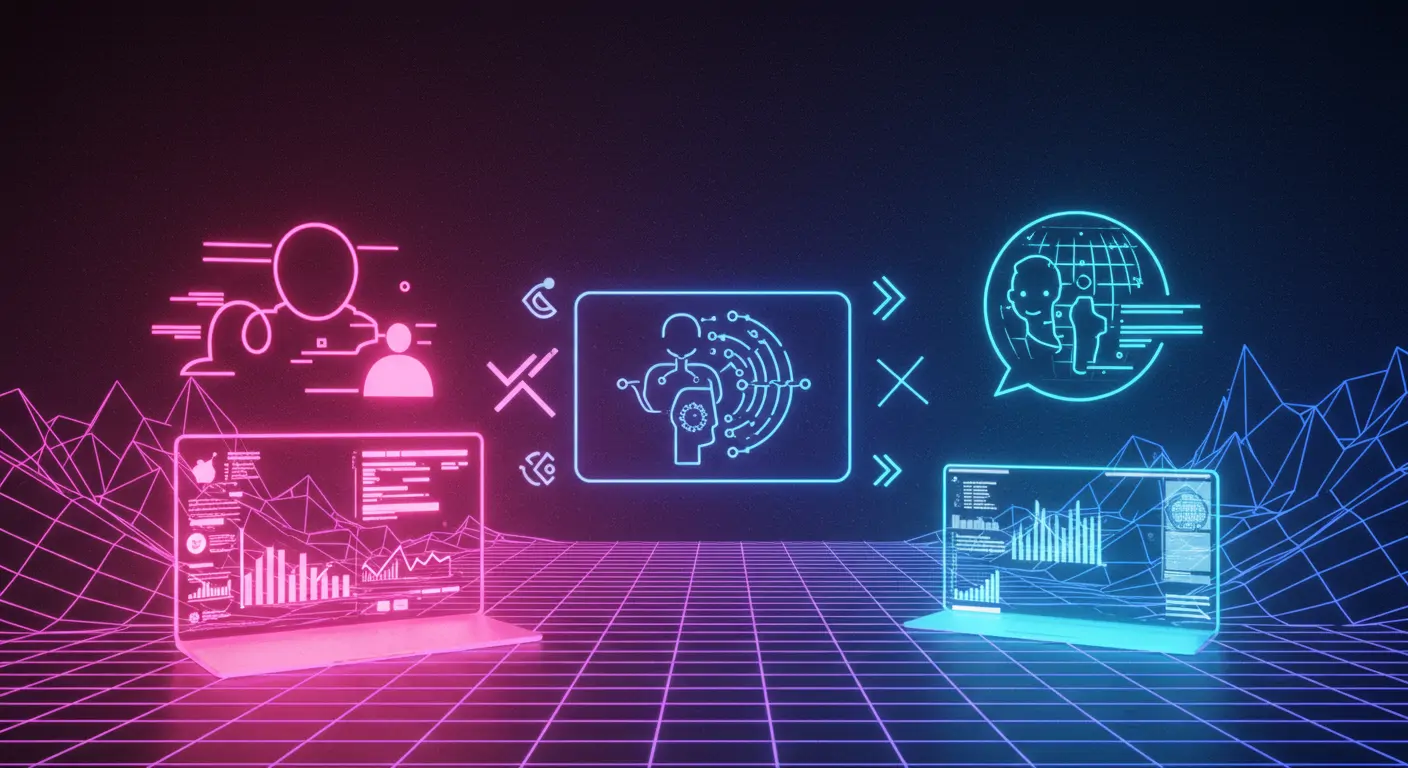Introduction: Why This Matters Now
The rise of AI-powered low-code platforms is rapidly reshaping software development landscapes. According to a 2024 Gartner report, these platforms will account for 65% of all app development activity by 2025, reflecting a seismic shift in how software is created. This democratization of development is not only empowering businesses to innovate faster but is also redefining the roles of professional developers and IT departments. With this trend, companies across various sectors can now accelerate their digital transformation journeys.
Read time: 10 minutes
The Current State: What's Happening Right Now
In 2025, low-code platforms enhanced by artificial intelligence are gaining unprecedented traction. In January 2024, Salesforce announced the integration of AI into its low-code offering, allowing users to automate complex workflows with minimal coding expertise. Microsoft Power Apps followed suit in March 2024, introducing AI-driven modules that significantly reduced app development time by 40%. Market leaders like OutSystems and Mendix are also expanding their capabilities, indicating a robust competitive environment. According to IDC, the low-code platform market grew by 37% from 2023 to 2024, reaching a valuation of $21 billion.
Traditional development approaches are struggling to keep pace due to their resource-intensive nature and slower iteration speeds, making AI-powered low-code solutions an attractive alternative.
Key Drivers: What's Fueling This Trend
Driver 1: Economic Imperatives
Faced with economic uncertainties, companies are seeking cost-effective solutions. AI-powered low-code platforms reduce development costs by up to 70%, according to a Forrester report from April 2024, making them a critical component of IT budgets.
Driver 2: Talent Shortages
The global shortage of skilled developers is driving enterprises towards low-code solutions. A 2024 survey by the World Economic Forum found that 58% of companies faced significant difficulties in hiring qualified software engineers, prompting a shift towards more accessible development platforms.
Real-World Impact & Case Studies
Case Study 1: Lufthansa's Digital Transformation
In 2024, Lufthansa deployed an AI-powered low-code platform to overhaul its customer service applications. This initiative reduced app development time from 12 months to just 4 months, increasing customer satisfaction rates by 30%. The key lesson was the platform's ability to integrate seamlessly with existing systems, highlighting its adaptability.
Case Study 2: Siemens' Innovation Lab
Siemens leveraged low-code AI platforms to prototype industrial IoT solutions faster. By 2025, the company reported a 50% increase in R&D efficiency, underscoring the platform's role in fostering innovation.
Industry Implications
For Developers
- Skills in AI integration and low-code platforms will be increasingly valuable.
- Opportunities in hybrid roles that combine development with strategic planning are expanding.
For Businesses
- Strategic adoption of low-code platforms can lead to significant competitive advantages.
- Companies must align IT strategies with low-code capabilities for optimal results.
For Investors
- The low-code market offers lucrative opportunities, with expected growth to $45 billion by 2027.
- Investment risks include rapid technological changes and market saturation.
Challenges & Criticisms
Despite their benefits, AI-powered low-code platforms face criticisms. Some argue they could lead to a decline in software quality due to a lack of expert oversight. Security concerns also arise as rapid development may overlook vulnerabilities. Moreover, traditional developers may resist these platforms, fearing job displacement.
Future Outlook: What's Next
In the next 6-12 months, expect increased platform sophistication with enhanced AI capabilities. By 2027, we anticipate wider adoption across non-tech industries, with platforms potentially automating routine IT tasks. Companies should prepare by upskilling their workforce and investing in continuous platform evaluation to ensure alignment with business goals.
Frequently Asked Questions
- What are AI-powered low-code platforms?
- How do these platforms affect traditional development roles?
- What are the security implications of using low-code?
- How quickly can companies see ROI?
Conclusion: Key Takeaways
- AI-powered low-code platforms are set to dominate the app development landscape by 2025.
- They offer significant cost savings, development speed, and innovation potential.
- Stakeholders must address security concerns and skill gaps to maximize benefits.
For a deeper understanding, explore our technical implementation guides and expert interviews on this topic.




